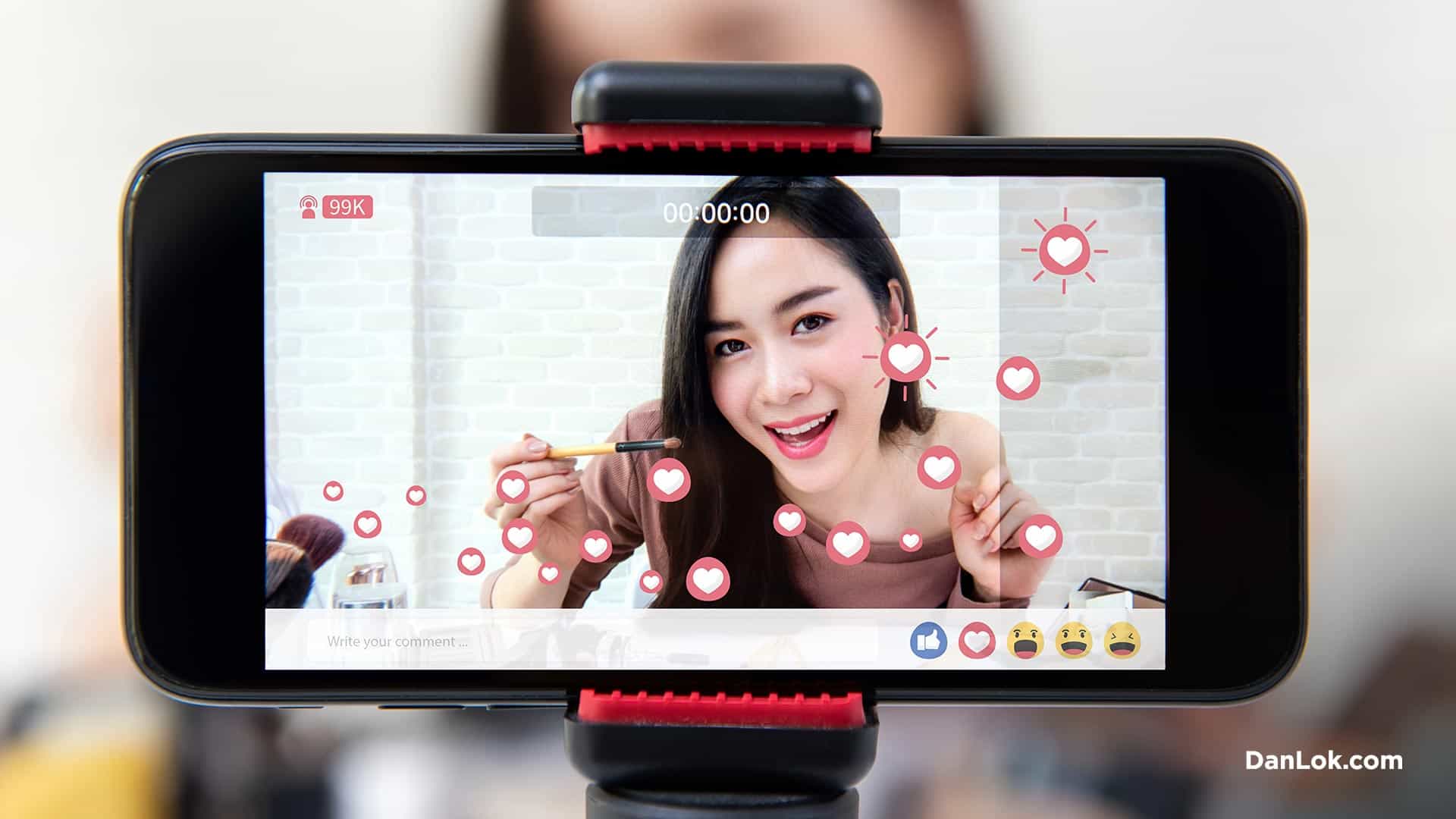Imagine this situation for a moment; you’re seeing a record number of visitors to your website. You’re thrilled until you go to check your conversions.
To your dismay, you see that you’re not receiving any more conversions than you did before the huge influx of traffic. What gives? How can you improve your high ticket conversion rate?
This situation highlights the need for conversion rate optimization. Conversion rate optimization is the practice of testing different components on your website to improve your conversion rate.
Your conversion rate is a calculation. It’s the number of people who visit your website divided by the number of people who perform the desired action.
In the article below, you’ll find a helpful guide that will help you understand more about conversion rate optimization. Continue reading to learn more about how to improve your conversion rate and get more people into your marketing funnel.
Conversion Rate Optimization Starts with a Great CTA
Improving your conversion rate means convincing more people to click on certain links or fill out certain forms on your website. When you’re engaging in team building for your business, be sure to hire someone who can write a great call to action (CTA).
Great CTAs work across many different business models. They work whether you’re trying to bring prospects into your marketing funnel or convince website visitors to make a purchase right away.
Be sure to experiment with different types of CTAs. Also, consider showing one CTA to your organic traffic visitors and a different CTA to your paid traffic visitors.
Experiment with Different Landing Page Layouts
Sometimes, the best page for conversion rate optimization may not be your homepage. See if your conversion rate improves if you send website visitors to a dedicated landing page. This is important to keep in mind when you’re running paid ad campaigns.
Strategic thinking related to landing page optimization will help you find the page that drives the most conversions. Try to send website visitors to a landing page that is related to the ad they clicked on, and see if that helps improve your conversion rate.
Use Social Proof to Improve Your Conversion Rate
Social proof includes things like reviews, ratings, and testimonials. You can use these social impact tools to convince website visitors that your product or service is worth looking into. You can pull reviews from review sites and post them on your page or display any awards or badges that your business has earned.
How to Increase Your High Ticket Conversion Rate
The information in the article above should help you figure out how to think about conversion rate optimization and high ticket conversion.
The key is to test different copy, imagery, and button placement until you find the combination that leads to more conversions. If you’re interested in learning how about conversion rate optimization, be sure to reach out to the team at Dan Lok.





